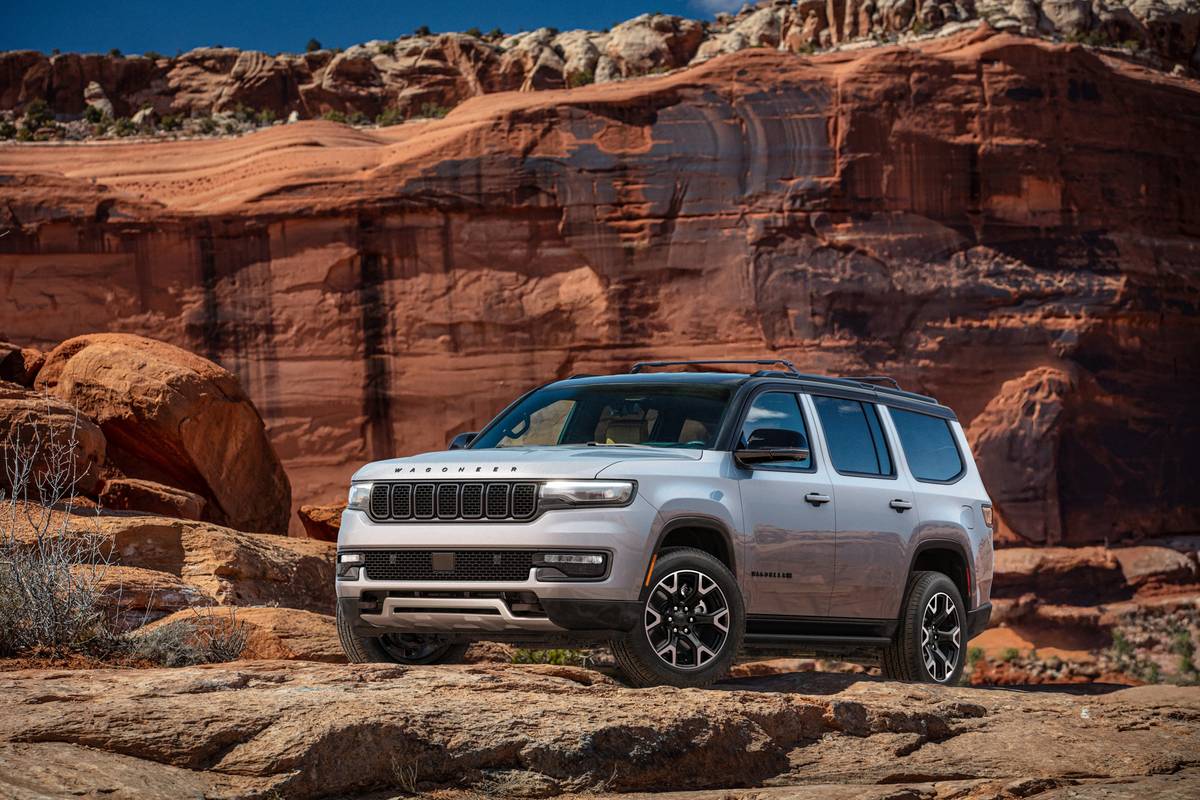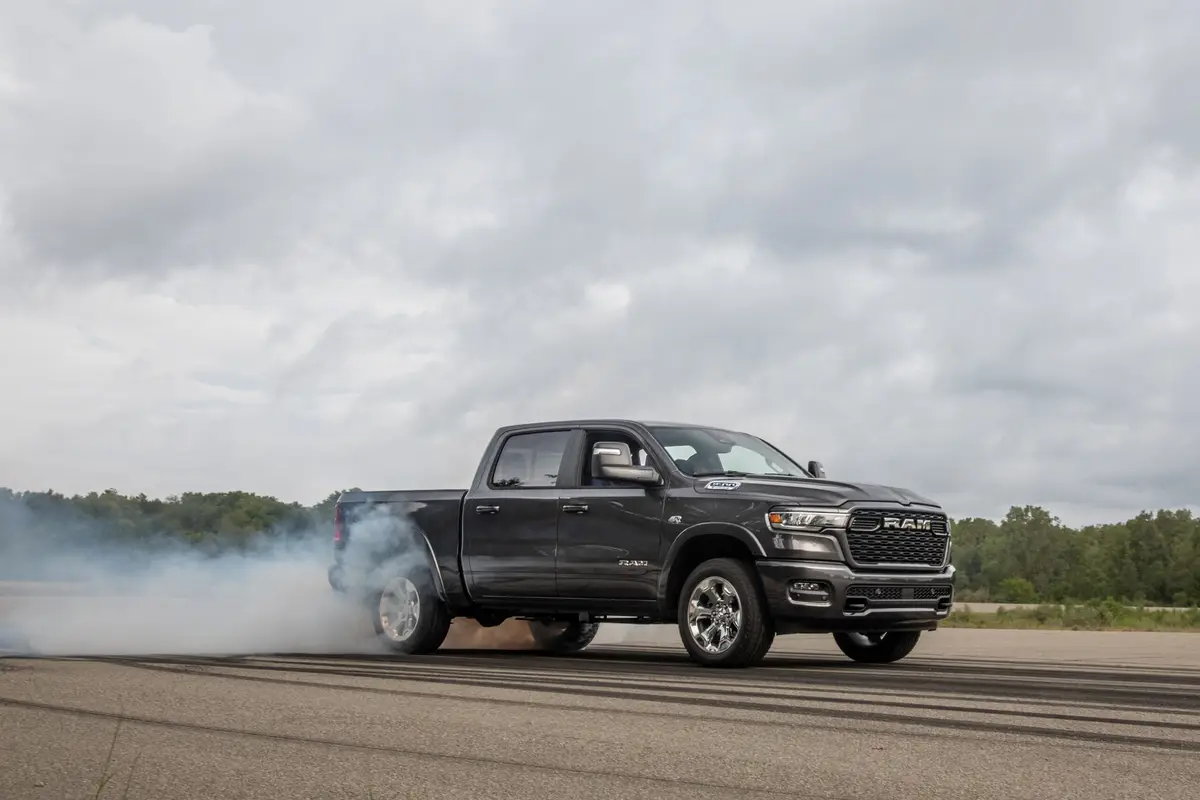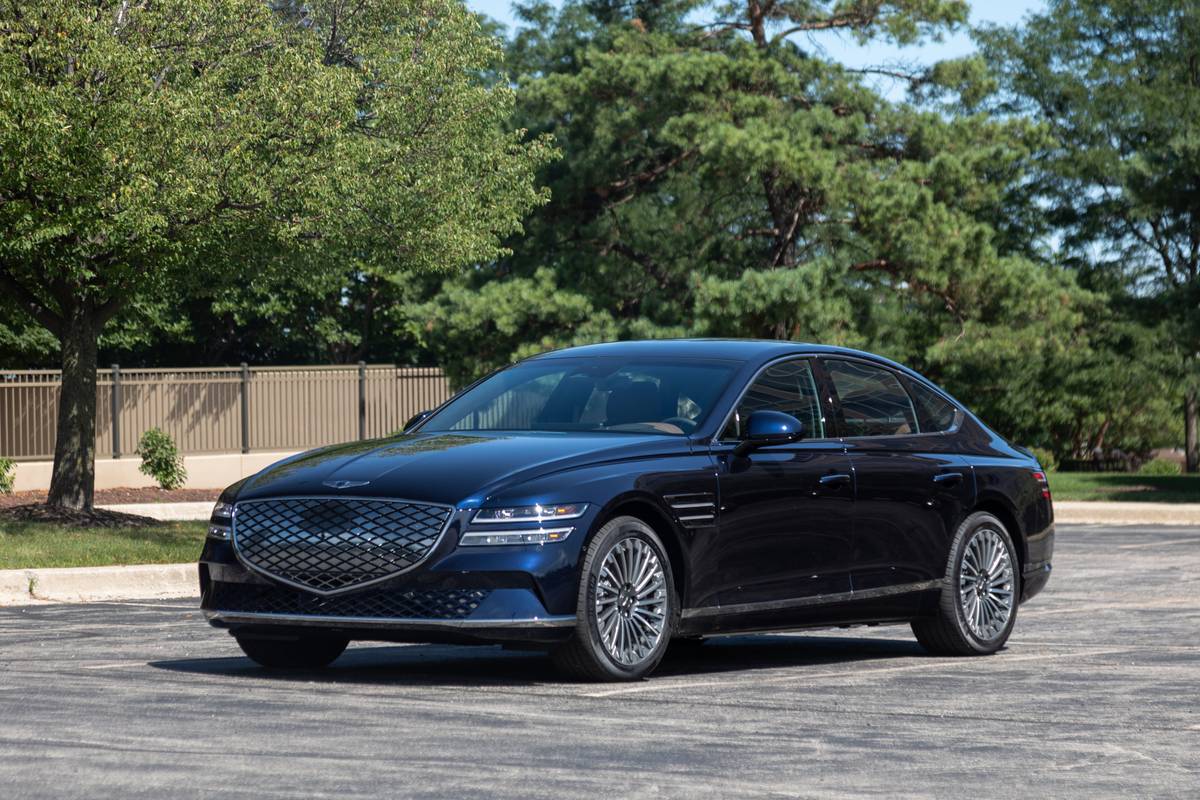IndyStar.com's view
The accent at Hyundai Motors is on low-cost motoring for 1995, and leading the chorus is the company’s new Accent.
Designed to provide ultra-low-cost transportation, this newest offering from the Korean automaker began arriving in Indianapolis dealer showrooms about three weeks ago.
The car has been created with the entry-level subcompact buyer in mind, and dotes on the concept of being bottom dollar in new-car purchase and operation. It’s offered in three models, a base Accent L three-door coupe, an Accent three-door coupe, and an Accent four-door sedan.
“Hyundai is offering the three-door L as the most affordable car in America,” said Jim Webb, general manager of Butler Hyundai-Suzuki. “And there’s no doubt in my mind that the three-door is going to be our best seller.”
The new Accent bears virtually no resemblance to its predecessor, the Excel. And the coupe has a different styling theme than the sedan.
The exterior side panels have a rising front-to-rear bias vs. the sedan’s more conventional level styling. And the rear side windows are one piece instead of the sedan’s two.
Hyundai spent five years developing and refining the Accent to where it offers standard dual air bags and a side-impact protection system that meets or exceeds 1997 federal standards.
Optional anti-lock brakes are available on the Accent three-door and four-door models, but not on the entry-level L.
At 161.5 inches long — the sedan is slightly longer at 162.1 inches, but has the same 94.5-inch wheelbase — the coupe is a fairly small automobile. So to give the front-drive decent ride and handling, it has an all-new four-wheel independent suspension system.
The front end uses MacPherson struts, while the rear features a multilink system uncommon in the entry-level subcompact category. An offset coil-spring/shock-absorber combination further helps dampen pavement irregularities, something that’s not easily done on a very light car.
The light weight plays a part in the power-assist rack-and-pinion steering being offered as an option on the midrange Accent three-door and the four-door. It’s not available on the L.
But at 2,100 pounds of curb weight, below that of most two-passenger sports cars, engineers figured manual steering wasn’t a problem.
For the upscale three-door and four-door, the power steering is a variable system that reduces power assistance at higher speeds to enhance the driver’s road feel.
None of the cars are heavy. A four-door with an optional four- speed automatic is only 2,167 pounds. So I’d say some feel for the road at high speeds is recommended.
Like the power steering, optional four-channel ABS braking also is offered only on the midrange three-door and on the sedan. The system “reads” the individual braking needs of all four wheels, and this isn’t common in entry-level subcompacts.
Hyundai sort of goes its own way in the engine department. Its system of three valves per cylinder instead of the customary four valves isn’t unknown. But the overall trend in small powerplants is toward two overhead cams and four valves per cylinder.
Not in the Accent. The motor is Hyundai’s innovative 1.5-liter (91-cubic-inch) Alpha engine, which utilizes a single overhead cam to actuate two intake valves and one exhaust valve. The combustion chamber is a pent- roof design, just like a four-valve chamber, and it runs a fairly high 10-to-1 compression ratio.
It’s a good little motor with distributorless ignition and self-adjusting valves, another uncommon feature in this class. The end result is to wring 92 horsepower out of 91 cubic inches, a number that falls right within the performance baseline figure of one horsepower per cubic inch.
The overall engine package is designed to give good low-end torque, which is what you need with small motors and manual transmissions.
First gear on the five-speed is a fairly low ratio to get the car in motion. But second through fourth ratios are fairly evenly spac ed for a flex ible combination of urban and suburban driving, and fifth is an overdrive for the highway.
I believe drivers will find they won’t need all five gears all the time. Depending on traffic conditions, they more than likely will end up skipping a gear.
Hyundai’s five-speed manual is standard on all models, with its electronically controlled four-speed automatic available as an option on all three Accent models.
Obviously, an automatic is going to be more convenient to drive. However, in a car equipped with a 1.5-liter engine, an automatic and an air conditioner, the power drain will affect acceleration.
From its inception, Hyundai has been a purveyor of low-dollar transportation, and the Accent L coupe’s base price is just a touch over $8,000. Even the upstream sedan comes in at $8,979, leaving Webb to say, “At those prices, you can own a car for less money than leases cost.”
With that price structure, the 1995 Accent has been designed to maintain Hyundai’s younger customer base while appealing to consumers in all age groups.
1995 Hyundai Accent L Base price: $8,079.Type: Front engine, front-wheel drive, four-passenger, subcompact 3-door coupe.Engine: 1.5-liter, SOHC, four-cylinder, 12 valves, fuel injected, 92-horsepower, 96 foot-pounds of torqque.Transmission: Five-speed manual.Mileage: 29 mpg city; 38 mpg highway,Wheelbase: 94.5 inches.Length: 161.5 inches.Width: 63.8 inches.Height: 54.9 inches.Curb weight: 2,101 pounds.Options: Air conditioning, premium stereo system/w cassette/CD player/ tinted glass.
Latest news



